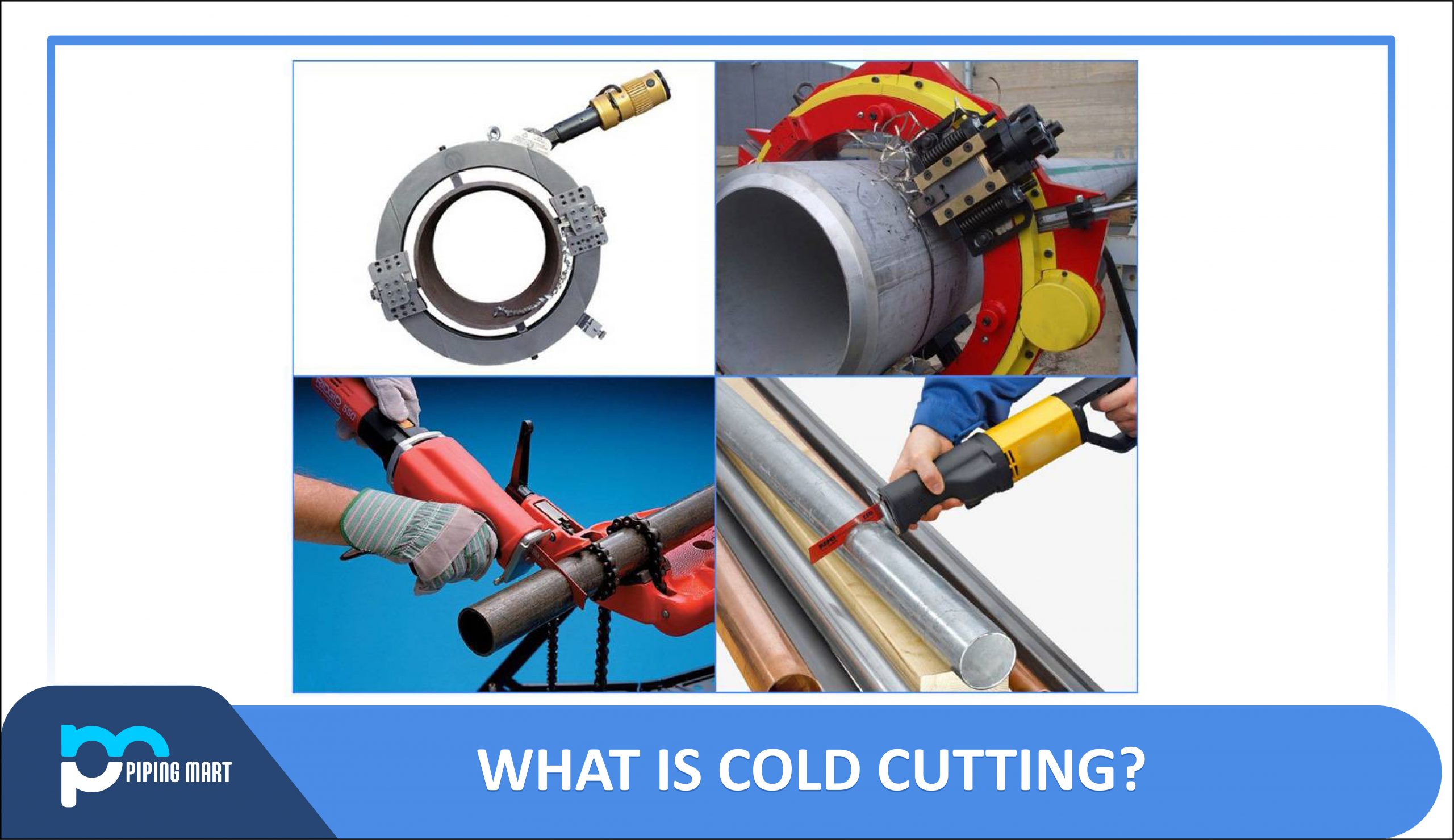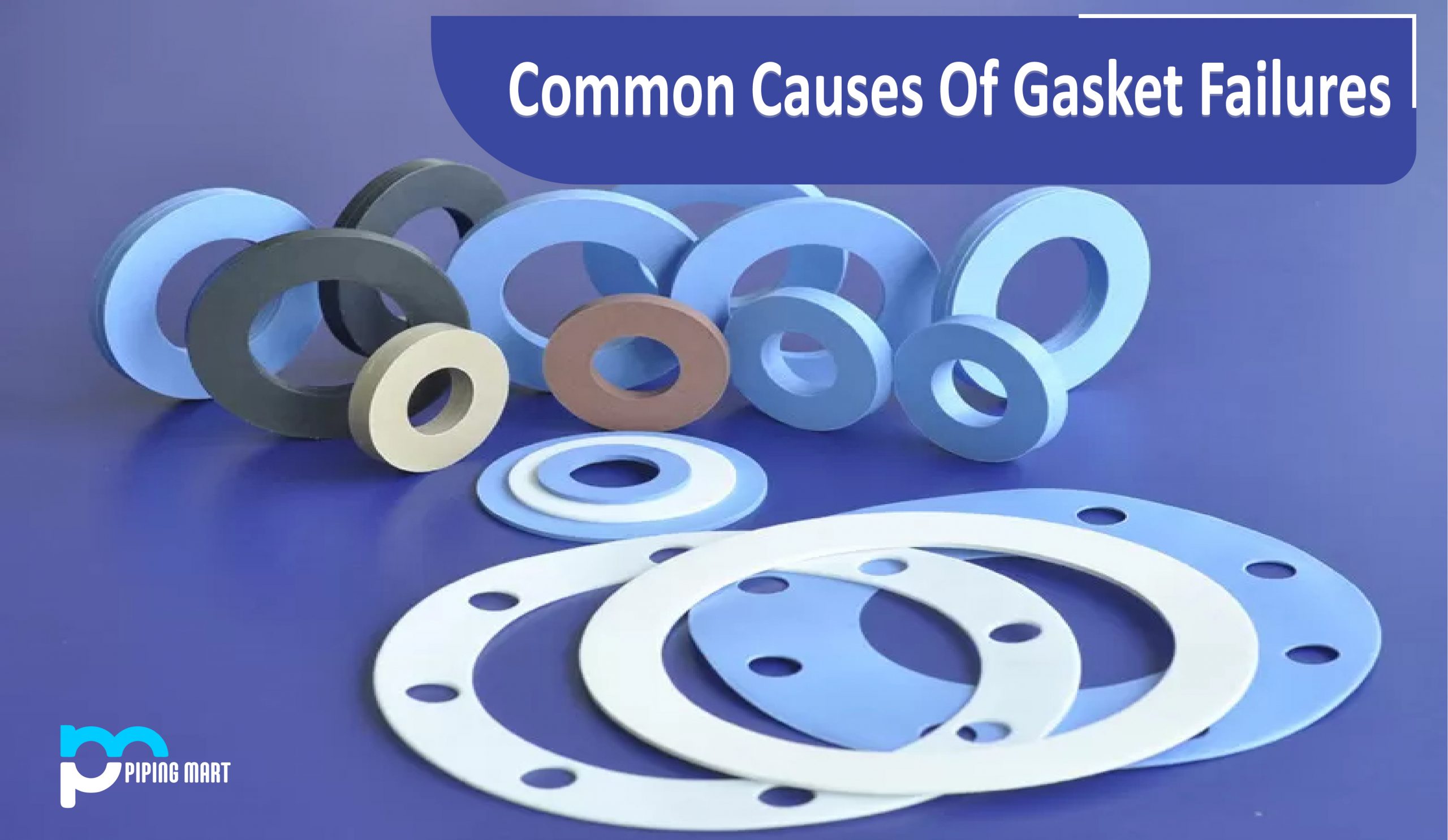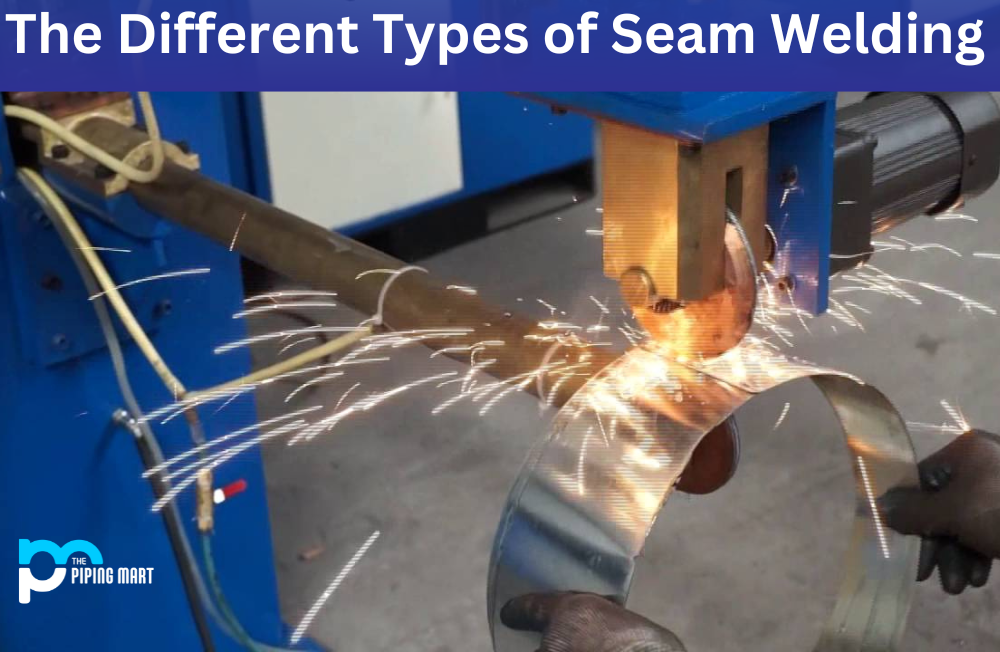Without the use of heat, a flame, or sparks, cold cutting is a technique used to cut through a material. This makes the procedure the safest way to cut structures in dangerous areas. Oil and gas, materials processing, and petrochemicals are examples of typical industries where cold cutting is required. Due to the lack of heat from a torch, cold cutting technology almost minimizes serious accidents. In the hydrocarbon industry, heat and flame pose significant risks. Therefore, the cold cutting method offers a benefit in a variety of tasks including pipe and pipeline repair, maintenance and shutdown activities, commissioning and decommissioning procedures, etc.
Why Cold Cutting?
The risks connected with thermal cutting or hot cutting are removed when using cold cutting techniques. This is the primary cause of the rise in cold cutting of pipelines and structural components. Compared to hot cutting, cold cutting costs less. Additionally, it can be done faster. Cold cutting is therefore easily affordable. Cold-cutting provides a safe working environment for tool users because there is no heat present.
Advantages
- The cold cutting procedure is more affordable since the time-consuming and arduous hand grinding process to achieve a weld-ready surface is eliminated.
- Working without a hot work permit is possible.
- Improved material qualities are the outcome of preventing the Heat Affected Zone.
- Absence of explosive risk
- No contamination from the air.
- a reduction in the risks associated with hot cutting. It is safer to cut cold.
- rapid and efficient operation.
- no flame or spark.
Application
- access – In places where “hot works” would not be allowed, access openings can be made using cold cutting.
- Decommissioning – When decommissioning outdated plant machinery, cold cutting is a helpful technique.
- Stone cutting – Cold-Cutting Stone enhances portability and cuts down on waste.
Types of cold cutting machine
- Pipe cold cutting machines
There are numerous additional names for pipe cold cutting machines. The most frequent variations of these terminology include clamshell cutters, split frame cutters, clamshell lathe, and others. The two halves of the pipe are wrapped around by a pipe cold cutting machine, which has a circular design and is hinged together. Once everything is put together, the machines operate by rotating a cutting tool around the pipe’s perimeter. In order to prepare for welding, the machines’ primary functions are to cut either a straight or bevelled surface.
- Cold cutting saws
Applications in the oil and gas sectors use both band saws and diamond wire saws. Both frequently come into play for decommissioning tasks when accuracy is less crucial. On oil platforms, cylindrical structures can be sliced through using a sizable, heavy-duty, portable bandsaw. This is not technically cold cutting, though, as sparks may be produced in the absence of a coolant.
- Abrasive waterjet machines
When there is a chance of a fire or explosion, abrasive water jet cold cutting is used. This technology makes use of extremely high water pressure, possibly as high as 4137 bar. In order to cut, a hard abrasive material is crushed and poured into the water. Any metal, large-diameter concrete, or thick composite materials can be used using this technique.
Procedure for cold cutting
- Preparation for cutting process – The feed screw is turned up until the cutter spindle is at its highest point using the handle for lowering/raising the blade. The start/stop and machine directional controls are then switched to the OFF position. The speed of the machine and the blade control are then set to their fully closed positions. The manufacturer’s specifications are reviewed for air or hydraulic power needs.
- Using the cold cutting machine for cold cutting operation – The machine is now set up correctly. For stability and better performance, the wheel holders must be positioned correctly. The cutting tool is then turned on and put to work. Only qualified personnel and careful handling are allowed during the cold cutting process. A cutter is rotated to execute the cold cutting procedure.

Pipingmart is B2B portal specializes in industrial, metal and piping products. Also, share latest information and news related to products, materials and different types grades to help business dealing in this industry.




